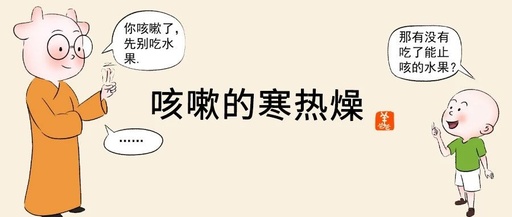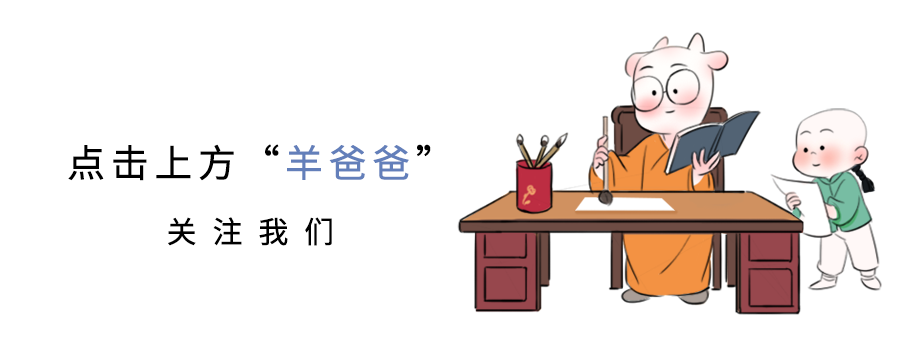
Before becoming a mother, I was afraid of thunder; after becoming a mother, I realized that a child’s cough is a hundred times scarier than thunder.
—— My best friend
The fright of thunder is just the loud noise and flash of lightning in that moment, but when a child’s cough starts, it triggers a mother’s mind to speculate on the various causes of the cough. Especially with only partial understanding, searching online for coughs results in a plethora of news articles and posts claiming that a small cough could indicate pneumonia, asthma, or even lung cancer… The various alarming scenarios a mother can conjure up are enough to make a dramatic film. This is truly because there are too many causes for coughs. Moreover, perhaps due to widespread misconceptions, whenever someone coughs, people often think it’s necessary to moisten the lungs, leading them to brew some lily water or make pear soup, unaware that coughs also need to be differentiated by syndrome. Otherwise, misdirected treatment could complicate health issues. In this article, we will primarily clarify three types of external pathogenic coughs. These are the types that onset suddenly due to external pathogens but are actually easier to treat. Let’s ease the minds of mothers together.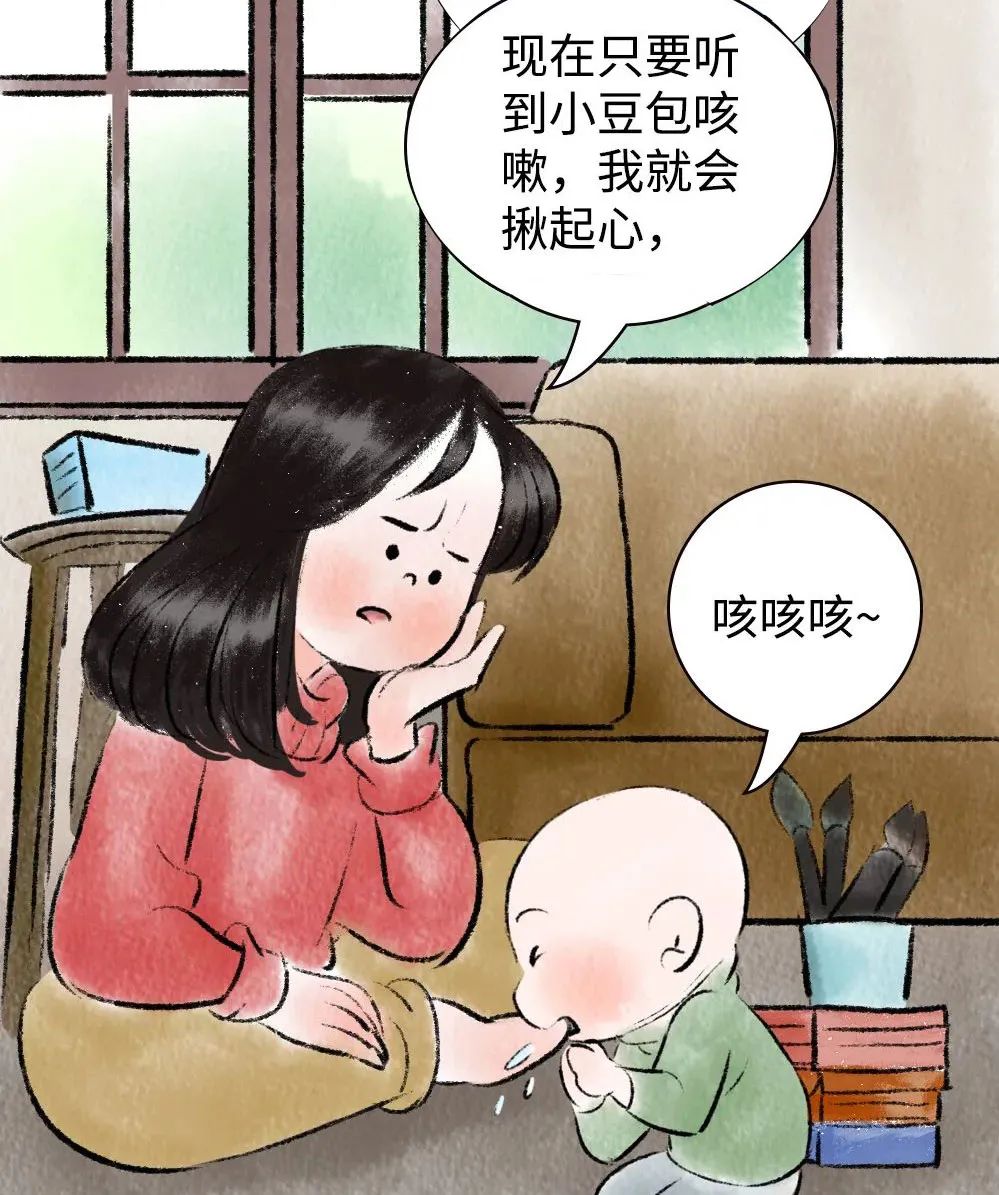 According to “Medical Insights”: “Coughing belongs to metal, like a bell; a bell does not sound without being struck. The evils of wind, cold, heat, dampness, dryness, and fire strike from the outside, causing it to sound; labor, emotional distress, and the heat from food and drink attack from within, causing it to sound.”In Traditional Chinese Medicine (TCM), the pathogenic factors causing cough can be divided into two major categories: “external pathogens” and “internal injuries”.External coughs occur when the six external evils of wind, cold, heat, dampness, dryness, and fire invade the lungs, disrupting the lung qi’s ability to disperse and descend, causing the lung qi to rebel upwards, leading to coughing. It’s like striking a bell from the outside.
According to “Medical Insights”: “Coughing belongs to metal, like a bell; a bell does not sound without being struck. The evils of wind, cold, heat, dampness, dryness, and fire strike from the outside, causing it to sound; labor, emotional distress, and the heat from food and drink attack from within, causing it to sound.”In Traditional Chinese Medicine (TCM), the pathogenic factors causing cough can be divided into two major categories: “external pathogens” and “internal injuries”.External coughs occur when the six external evils of wind, cold, heat, dampness, dryness, and fire invade the lungs, disrupting the lung qi’s ability to disperse and descend, causing the lung qi to rebel upwards, leading to coughing. It’s like striking a bell from the outside.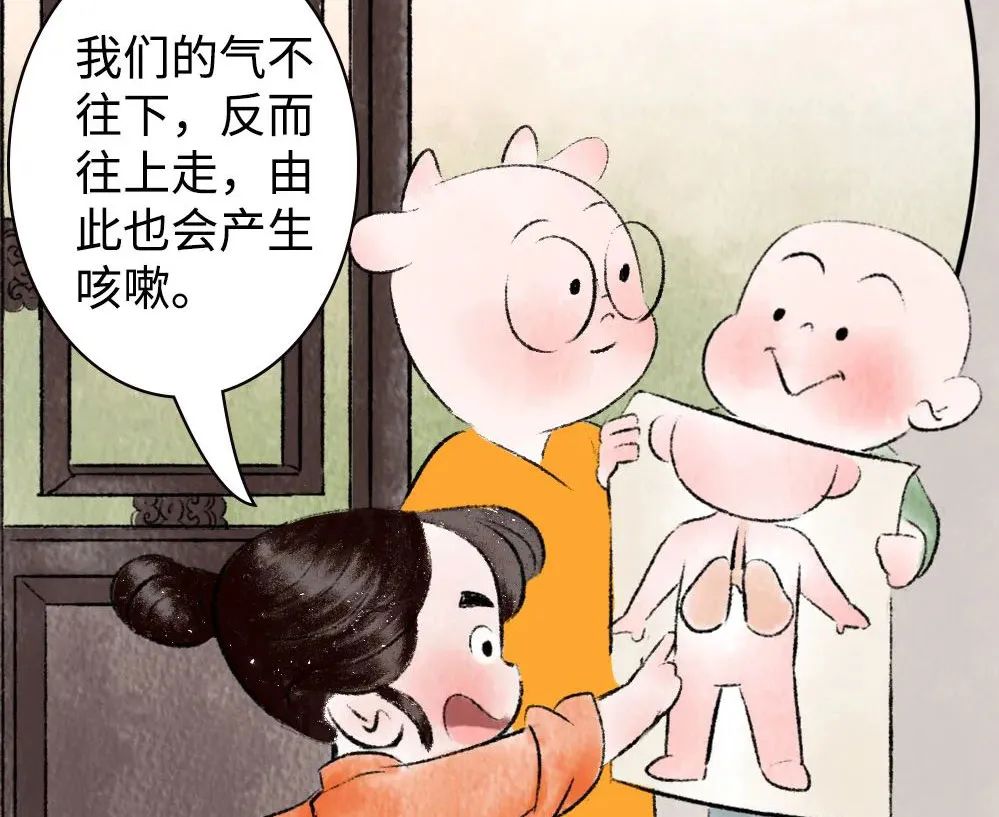 The external evils that cause coughing can be roughly divided into three categories: cold, heat, and dryness. These three external evils, intertwined with wind, invade the lungs, disturbing the lung qi’s ability to disperse and descend. The lung qi, which should descend, instead rebels upwards, easily leading to coughing.Wind-Cold Cough with Thin White PhlegmIn cold weather, it is easy to catch a chill; when the temperature drops suddenly, the body’s resistance is insufficient, and the external evils of “cold” and “wind” invade, leading to coughing often accompanied by symptoms of a wind-cold cold, such as headache, nasal congestion with clear discharge, and body aches.Wind-cold coughs have a heavy cough sound and are accompanied by the expulsion of thin white phlegm. The treatment direction for this type of cough is primarily to disperse wind, expel cold, and regulate the lungs to stop coughing.For wind-cold cough treatment,drink Ginger, Almond, and Radish Soup– Ginger, Almond, and Radish Soup –【Ingredients】Almonds | 10 gramsGinger | 3 slicesWhite Radish | 100 grams【Method】Add an appropriate amount of water, decoct, and take twice daily in the morning and evening.Four Acupoints for Application to Easily Stop Wind-Cold CoughTake Ma Huang (Ephedra), Ku Xing Ren (Bitter Apricot Kernel), Bai Qian (Cynanchum), Huang Qin (Scutellaria), Chen Pi (Tangerine Peel), Pi Pa Ye (Loquat Leaf), Bo He (Mint), Honey, etc., and mix into a paste.Apply to the three acupoints: Fei Shu (肺俞, Lung Shu), Dan Zhong (膻中, Middle Palace), and Zhong Fu (中府, Central Palace).
The external evils that cause coughing can be roughly divided into three categories: cold, heat, and dryness. These three external evils, intertwined with wind, invade the lungs, disturbing the lung qi’s ability to disperse and descend. The lung qi, which should descend, instead rebels upwards, easily leading to coughing.Wind-Cold Cough with Thin White PhlegmIn cold weather, it is easy to catch a chill; when the temperature drops suddenly, the body’s resistance is insufficient, and the external evils of “cold” and “wind” invade, leading to coughing often accompanied by symptoms of a wind-cold cold, such as headache, nasal congestion with clear discharge, and body aches.Wind-cold coughs have a heavy cough sound and are accompanied by the expulsion of thin white phlegm. The treatment direction for this type of cough is primarily to disperse wind, expel cold, and regulate the lungs to stop coughing.For wind-cold cough treatment,drink Ginger, Almond, and Radish Soup– Ginger, Almond, and Radish Soup –【Ingredients】Almonds | 10 gramsGinger | 3 slicesWhite Radish | 100 grams【Method】Add an appropriate amount of water, decoct, and take twice daily in the morning and evening.Four Acupoints for Application to Easily Stop Wind-Cold CoughTake Ma Huang (Ephedra), Ku Xing Ren (Bitter Apricot Kernel), Bai Qian (Cynanchum), Huang Qin (Scutellaria), Chen Pi (Tangerine Peel), Pi Pa Ye (Loquat Leaf), Bo He (Mint), Honey, etc., and mix into a paste.Apply to the three acupoints: Fei Shu (肺俞, Lung Shu), Dan Zhong (膻中, Middle Palace), and Zhong Fu (中府, Central Palace).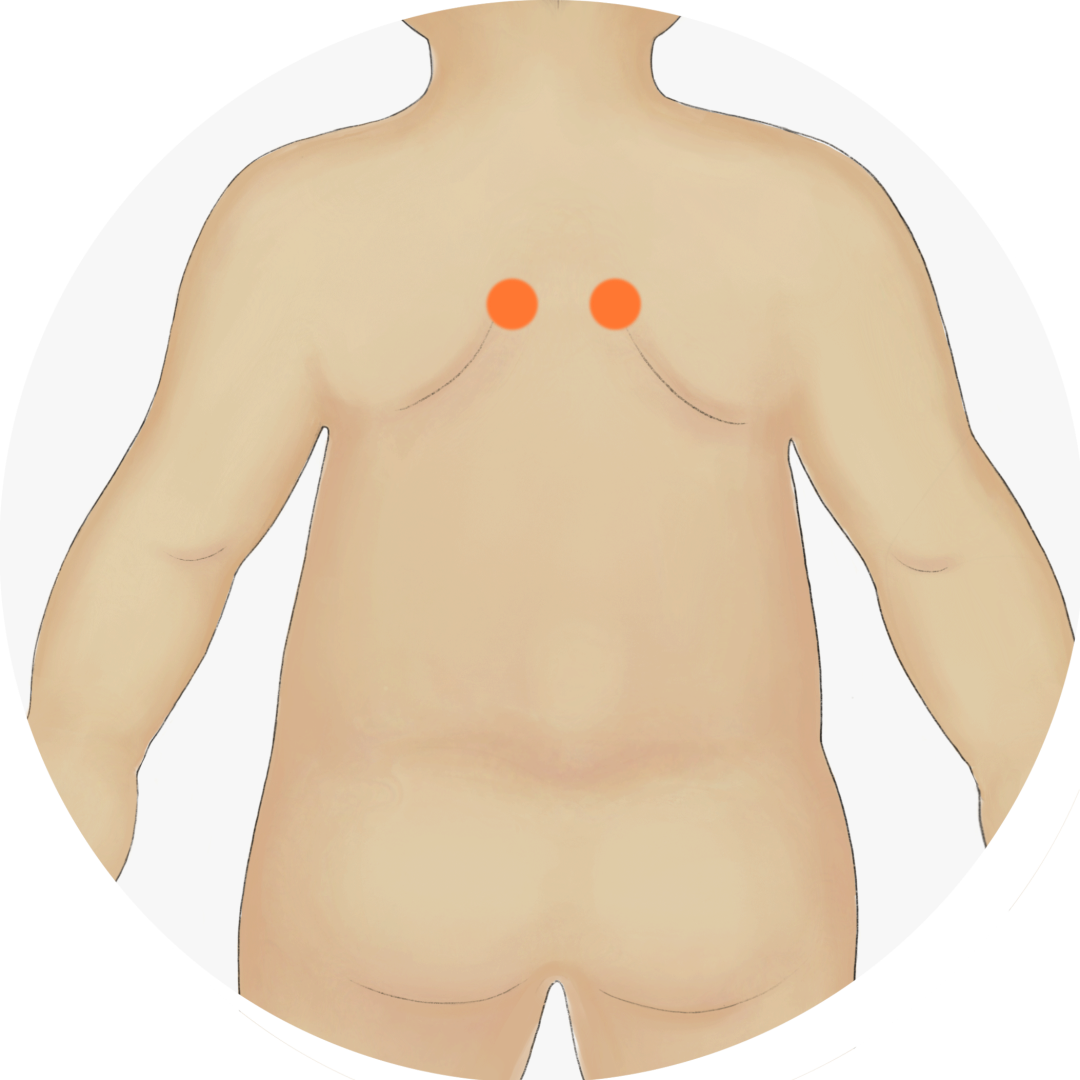 Fei Shu Acupoint
Fei Shu Acupoint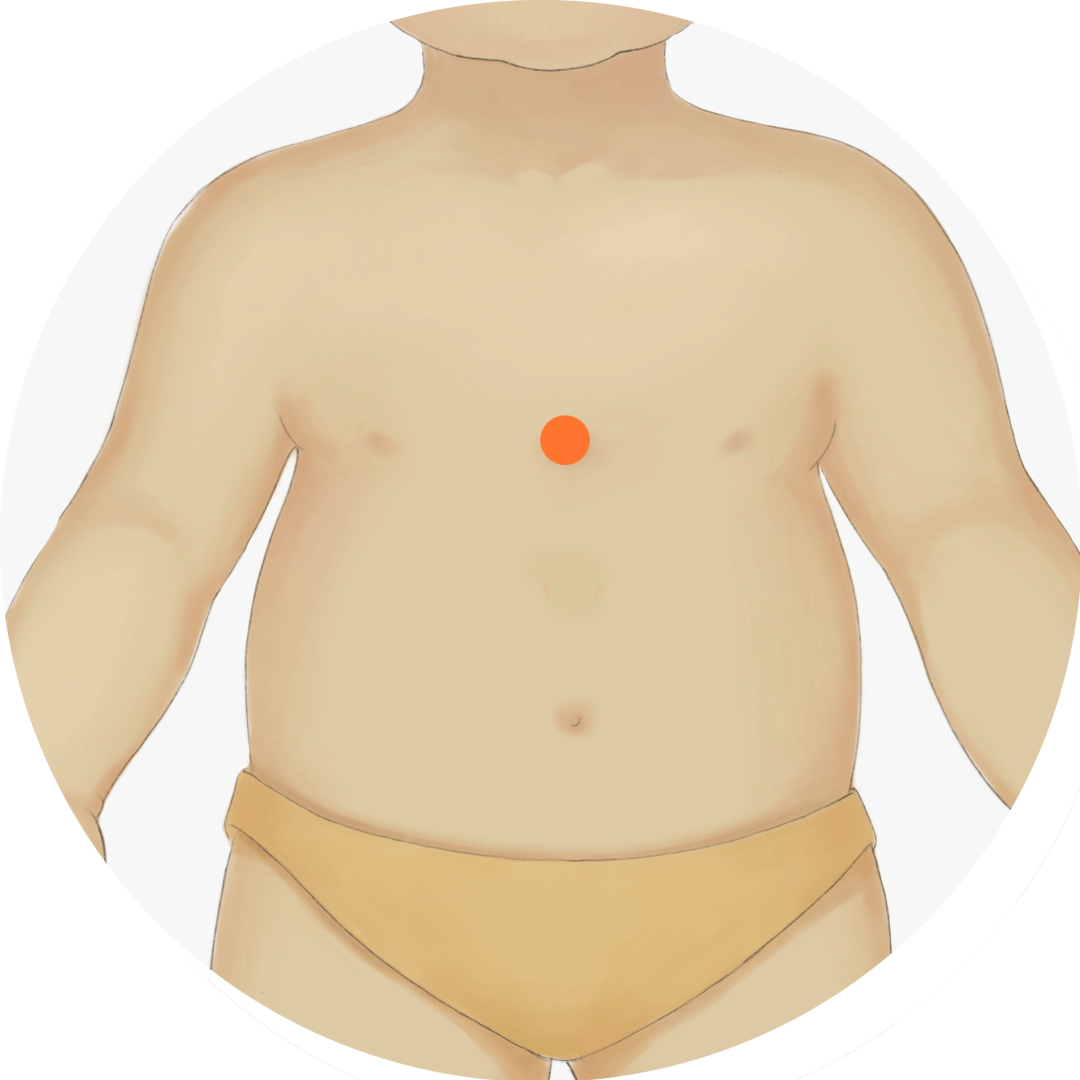 Dan Zhong Acupoint
Dan Zhong Acupoint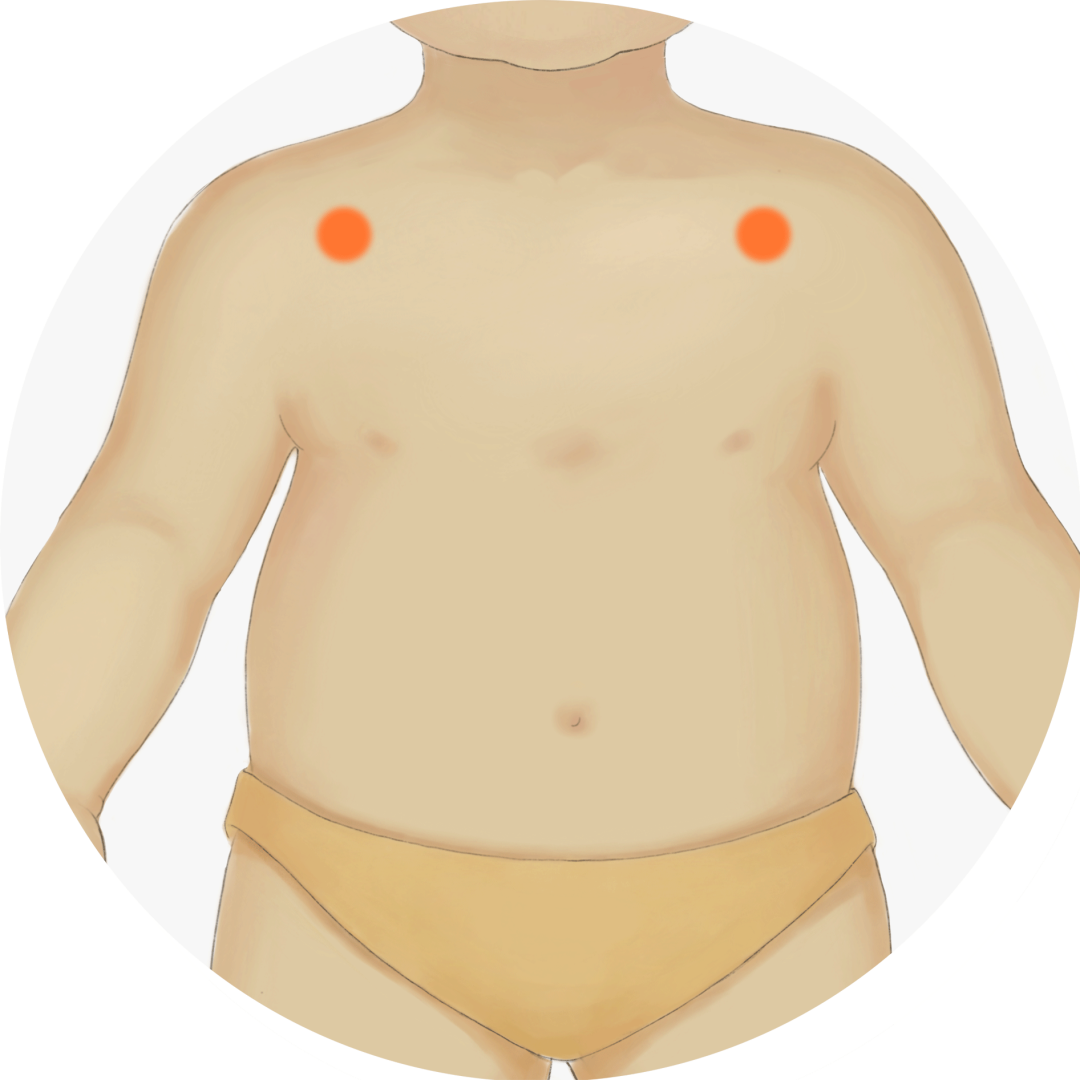 Zhong Fu AcupointIf the cough is more severe, you can also apply to the Tian Tu (天突, Tian Tu) acupoint.
Zhong Fu AcupointIf the cough is more severe, you can also apply to the Tian Tu (天突, Tian Tu) acupoint.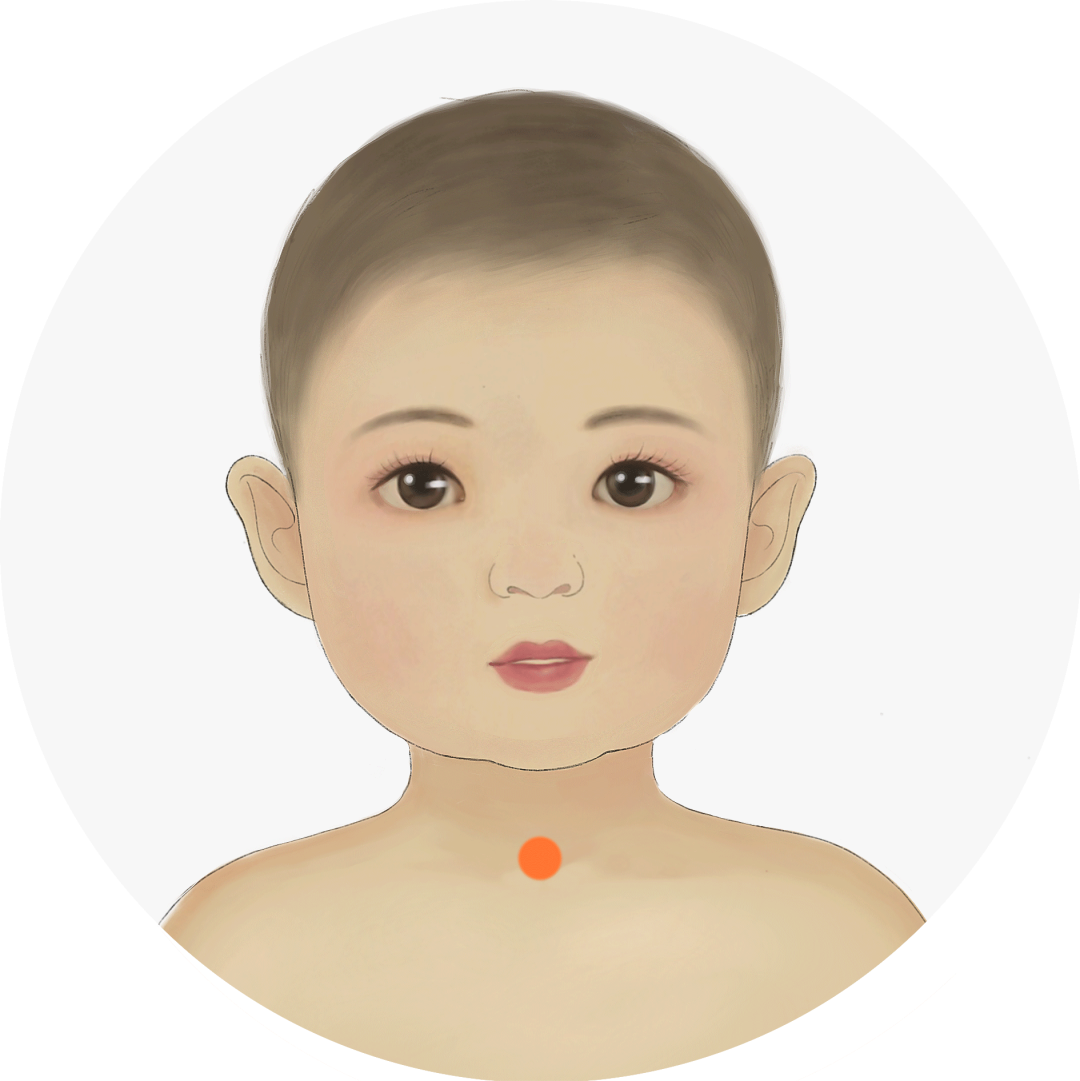 Tian Tu AcupointIf you want to use acupoint application to relieve wind-cold cough but find it troublesome, you can directly purchase wind-cold cough patches from the Yang Dad shop for convenience.
Tian Tu AcupointIf you want to use acupoint application to relieve wind-cold cough but find it troublesome, you can directly purchase wind-cold cough patches from the Yang Dad shop for convenience.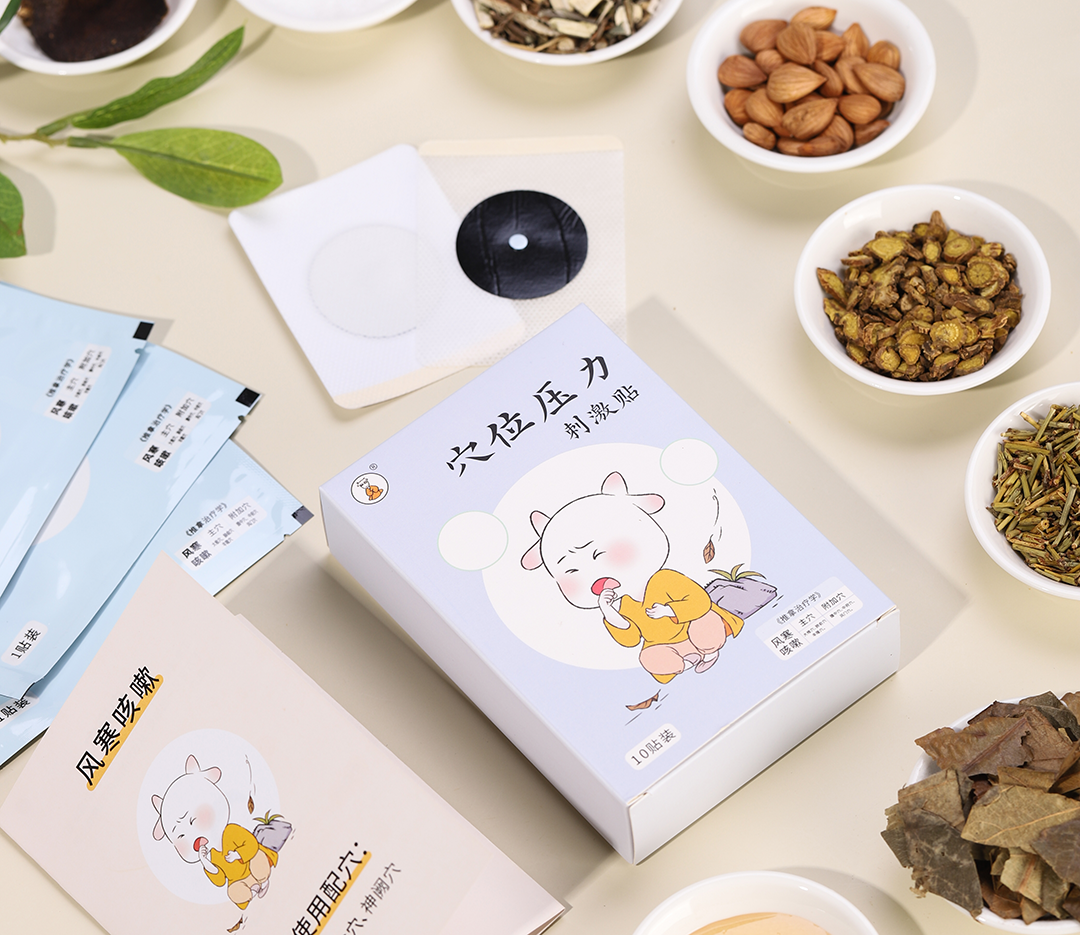 Click the image to purchase easilyPeople with wind-cold cough often feel that food lacks flavor, leading to poor appetite. At this time, you can cook Scallion Porridge to eat.– Ginger and Scallion Porridge-【Ingredients】Ginger | 20 gramsScallion | 20 gramsJaponica Rice | 150 grams【Method】Put the ingredients in a pot, add water, and cook into porridge, eating while hot.This porridge can 1. enhance flavor and stimulate appetite; 2. help disperse wind-cold and has the effect of releasing the exterior and inducing sweating.Wind-Heat Cough with Thick Yellow PhlegmWind-heat coughs often occur in hot seasons, but in winter, if the indoor heating is too strong or if one consumes too much spicy, fried, or greasy food, it can lead to internal heat accumulation in the stomach and intestines, which then ascends to the lungs, combined with external wind evil, can also cause wind-heat cough.
Click the image to purchase easilyPeople with wind-cold cough often feel that food lacks flavor, leading to poor appetite. At this time, you can cook Scallion Porridge to eat.– Ginger and Scallion Porridge-【Ingredients】Ginger | 20 gramsScallion | 20 gramsJaponica Rice | 150 grams【Method】Put the ingredients in a pot, add water, and cook into porridge, eating while hot.This porridge can 1. enhance flavor and stimulate appetite; 2. help disperse wind-cold and has the effect of releasing the exterior and inducing sweating.Wind-Heat Cough with Thick Yellow PhlegmWind-heat coughs often occur in hot seasons, but in winter, if the indoor heating is too strong or if one consumes too much spicy, fried, or greasy food, it can lead to internal heat accumulation in the stomach and intestines, which then ascends to the lungs, combined with external wind evil, can also cause wind-heat cough.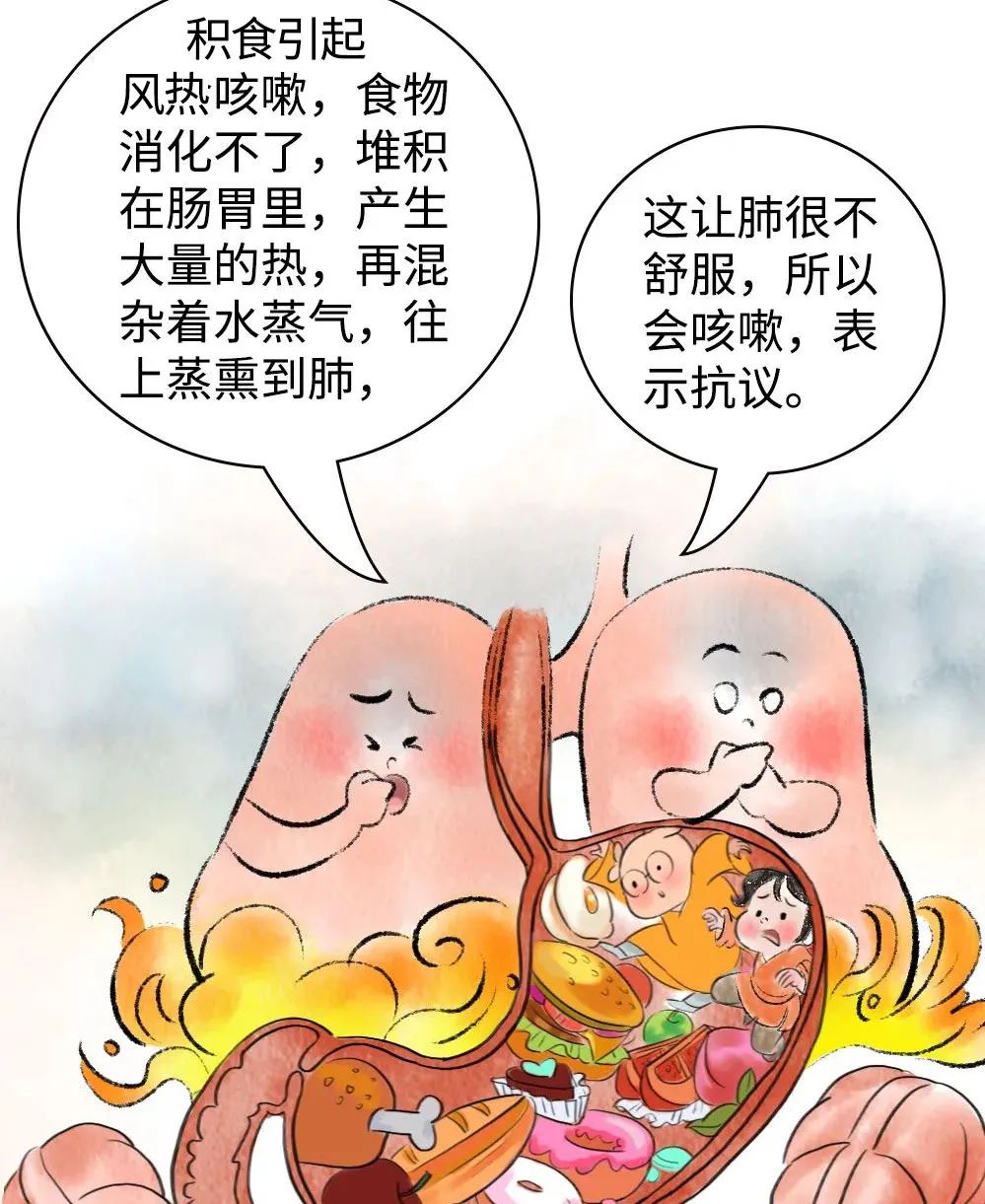 Unlike coughs caused by wind-cold, wind-heat coughs often feel like there is something stuck in the throat that cannot be cleared, andthe phlegm coughed up is thick and yellow.They are often accompanied by symptoms such as dry and sore throat, fever, and thick yellow nasal discharge.If a child’s wind-heat cough is caused by overeating, it often also comes with abdominal bloating and constipation.Traditional Medicinal Dish for Wind-Heat Cough– Steamed Pear with Chuan Bei –
Unlike coughs caused by wind-cold, wind-heat coughs often feel like there is something stuck in the throat that cannot be cleared, andthe phlegm coughed up is thick and yellow.They are often accompanied by symptoms such as dry and sore throat, fever, and thick yellow nasal discharge.If a child’s wind-heat cough is caused by overeating, it often also comes with abdominal bloating and constipation.Traditional Medicinal Dish for Wind-Heat Cough– Steamed Pear with Chuan Bei –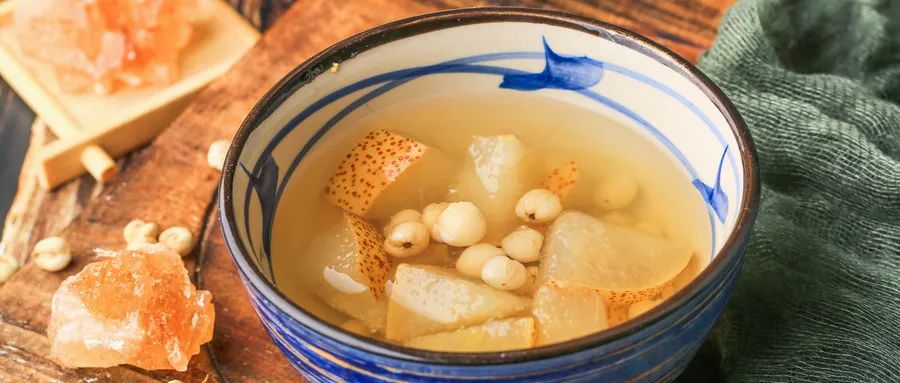 【Ingredients】Pear | 1 pieceRock Sugar | Appropriate amountChuan Bei | 5-10 pieces【Method】Wash the pear, cut it horizontally near the stem, remove the core, and place 2-3 pieces of rock sugar and 10 crushed pieces of Chuan Bei (5-6 pieces for children) inside. Then, reassemble the pear and secure it with a toothpick, place it in a bowl, and steam for about 30 minutes. Adults can eat it all at once, while children can eat it in two portions.Four Steps of Massage to Regulate Wind-Heat CoughStep One: Massage the Fei Shu Acupoint
【Ingredients】Pear | 1 pieceRock Sugar | Appropriate amountChuan Bei | 5-10 pieces【Method】Wash the pear, cut it horizontally near the stem, remove the core, and place 2-3 pieces of rock sugar and 10 crushed pieces of Chuan Bei (5-6 pieces for children) inside. Then, reassemble the pear and secure it with a toothpick, place it in a bowl, and steam for about 30 minutes. Adults can eat it all at once, while children can eat it in two portions.Four Steps of Massage to Regulate Wind-Heat CoughStep One: Massage the Fei Shu Acupoint The Fei Shu acupoint is located on the back, 1.5 inches lateral to the spinous process of the 3rd thoracic vertebra. Press, tap, and push for 3 to 5 minutes.Step Two: Clear Tian He Water
The Fei Shu acupoint is located on the back, 1.5 inches lateral to the spinous process of the 3rd thoracic vertebra. Press, tap, and push for 3 to 5 minutes.Step Two: Clear Tian He Water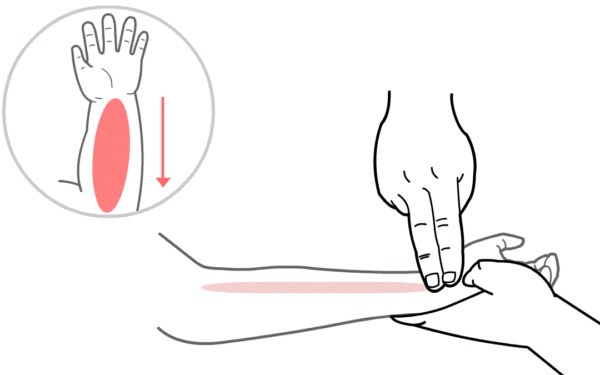 The Tian He Shui acupoint is located on the inner side of the forearm, in a straight line from the wrist crease to the elbow crease. When operating, use the thumb or index and middle fingers together, pushing from the wrist to the elbow for 3 to 5 minutes.Step Three: Clear Tian Zhu Bone
The Tian He Shui acupoint is located on the inner side of the forearm, in a straight line from the wrist crease to the elbow crease. When operating, use the thumb or index and middle fingers together, pushing from the wrist to the elbow for 3 to 5 minutes.Step Three: Clear Tian Zhu Bone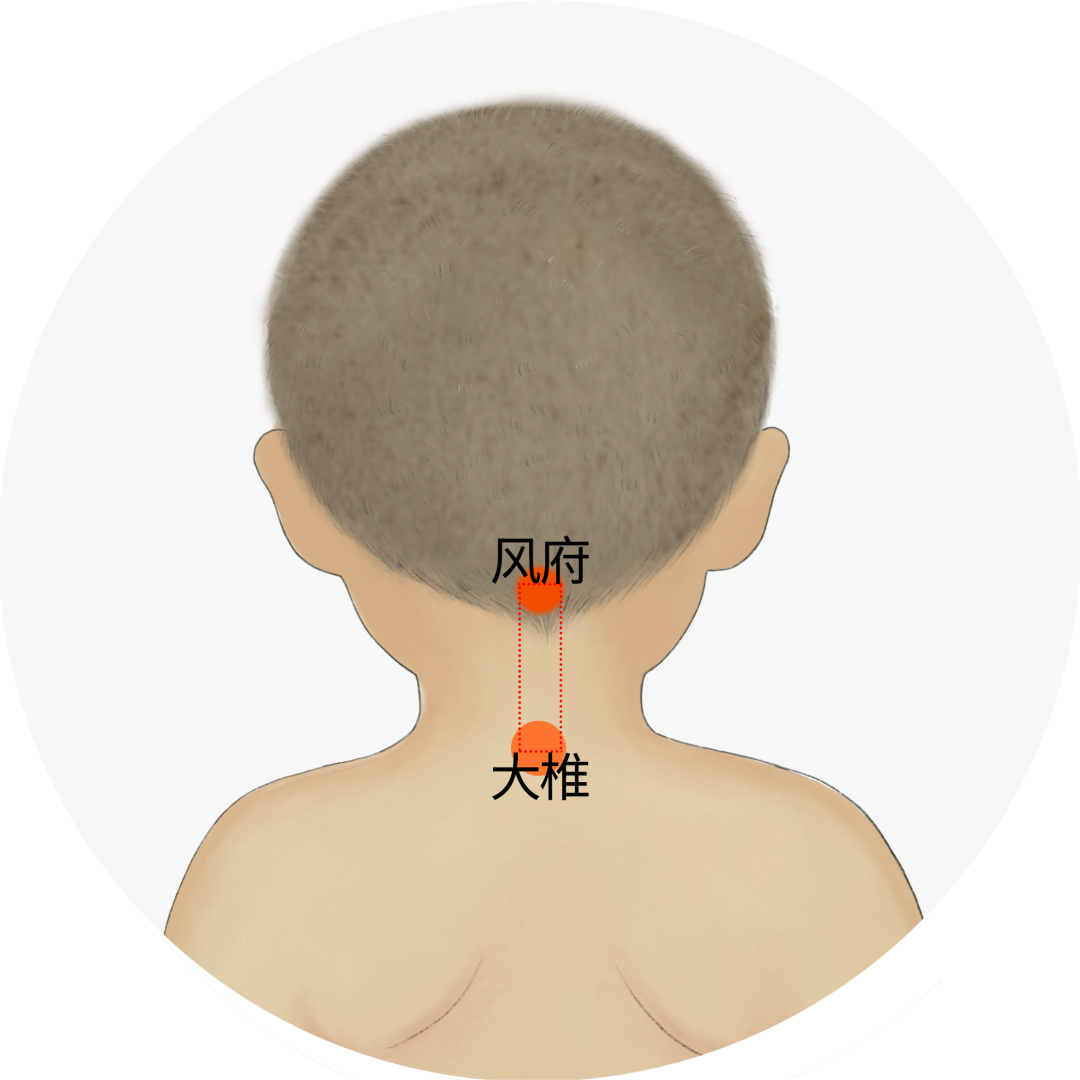 The Tian Zhu Bone is a straight line from the hairline at the back of the neck to the Da Zhui acupoint. When operating, use the thumb or index and middle fingers together, pushing straight down from top to bottom, or you can tap or scrape until the skin is slightly red.Step Four: Hold the Jian Jing Acupoint
The Tian Zhu Bone is a straight line from the hairline at the back of the neck to the Da Zhui acupoint. When operating, use the thumb or index and middle fingers together, pushing straight down from top to bottom, or you can tap or scrape until the skin is slightly red.Step Four: Hold the Jian Jing Acupoint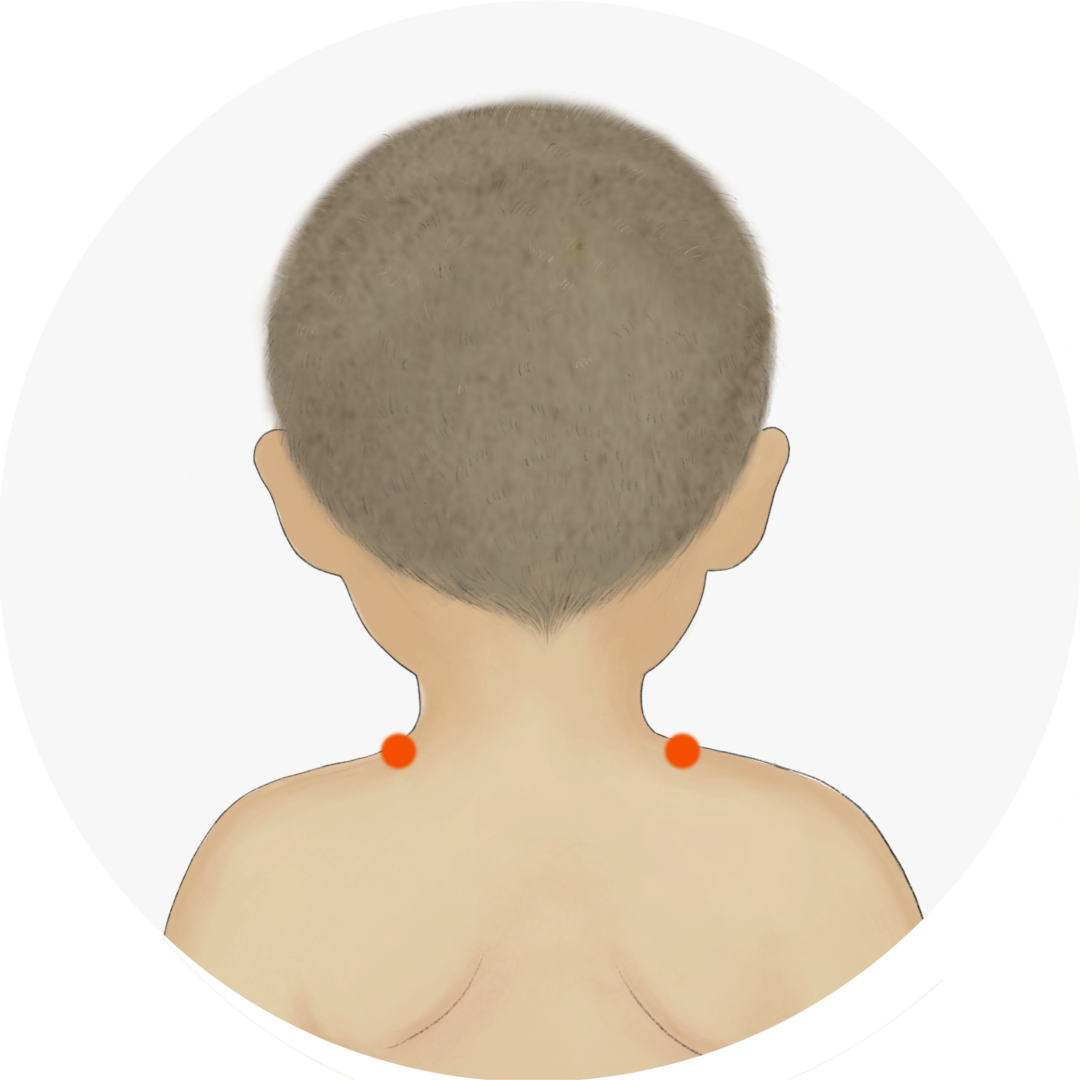 The Jian Jing acupoint is located at the midpoint of the line connecting the Da Zhui and the acromion. You can press and rub the Jian Jing acupoint for one minute, or hold it with the thumb and index and middle fingers for 1 to 3 minutes.Additionally, if you have recently eaten excessively rich foods and are showing symptoms of internal heat without having developed a cough, you can mix fresh lotus root and crisp pear juice, drinking a cup each morning and evening to prevent coughing.To add a note, children suffering from wind-heat cough often do so due to excessive oily and hot foods, accompanied by food accumulation. In such cases, when treating the cough, it is also important to address the food accumulation. In the course “One Learns, the Whole Family Uses – Practical Gua Sha and Cupping” produced by Yang Dad, there are systematic differentiation and treatment methods. Interested friends can add the QR code at the end of the article for more details.Wind-Dry Cough with Dry Cough and No PhlegmIn addition to coughs caused by cold and heat intertwined with wind, in winter, due to excessive indoor heating, the dry evil can also easily invade, leading to wind-dry cough. Another situation is that after being attacked by wind-heat, the wind-heat transforms into dryness, injuring the yang, and the lung fluids are scorched; in this case, the cause of the cough is not wind-heat but wind-dry.A major characteristic of wind-dry cough isdry cough with no phlegm. Or there may be a little phlegm, but after coughing for a long time, only a few drops can be coughed up, while one feelsthat there is sticky phlegm in the throat that cannot be coughed out.It is often accompanied by dry throat and nose, throat itchiness, and wind-dry cough can easily lead to hoarseness, which is another major characteristic.Honey Papaya,Moisturizing Dryness, Stopping Cough, Nourishing Lung Yin– Honey Papaya-【Ingredients】Papaya | 1 pieceHoney | Appropriate amount【Method】Peel and steam the papaya, then add a small amount of honey to eat.This honey papaya is both sweet and delicious and can clear dryness and nourish the lungs.It has a good regulating effect on dry cough with no phlegm due to lung yin deficiency and chronic cough.Snow Pear, Lily, and Tremella Soup,Nourishing Yin, Moisturizing Lungs, Preventing Dry CoughIf you often stay in a dry and warm indoor environment, you can also drink Snow Pear, Lily, and Tremella Soup to moisten dryness and prevent wind-dry cough.– Snow Pear, Lily, and Tremella Soup –
The Jian Jing acupoint is located at the midpoint of the line connecting the Da Zhui and the acromion. You can press and rub the Jian Jing acupoint for one minute, or hold it with the thumb and index and middle fingers for 1 to 3 minutes.Additionally, if you have recently eaten excessively rich foods and are showing symptoms of internal heat without having developed a cough, you can mix fresh lotus root and crisp pear juice, drinking a cup each morning and evening to prevent coughing.To add a note, children suffering from wind-heat cough often do so due to excessive oily and hot foods, accompanied by food accumulation. In such cases, when treating the cough, it is also important to address the food accumulation. In the course “One Learns, the Whole Family Uses – Practical Gua Sha and Cupping” produced by Yang Dad, there are systematic differentiation and treatment methods. Interested friends can add the QR code at the end of the article for more details.Wind-Dry Cough with Dry Cough and No PhlegmIn addition to coughs caused by cold and heat intertwined with wind, in winter, due to excessive indoor heating, the dry evil can also easily invade, leading to wind-dry cough. Another situation is that after being attacked by wind-heat, the wind-heat transforms into dryness, injuring the yang, and the lung fluids are scorched; in this case, the cause of the cough is not wind-heat but wind-dry.A major characteristic of wind-dry cough isdry cough with no phlegm. Or there may be a little phlegm, but after coughing for a long time, only a few drops can be coughed up, while one feelsthat there is sticky phlegm in the throat that cannot be coughed out.It is often accompanied by dry throat and nose, throat itchiness, and wind-dry cough can easily lead to hoarseness, which is another major characteristic.Honey Papaya,Moisturizing Dryness, Stopping Cough, Nourishing Lung Yin– Honey Papaya-【Ingredients】Papaya | 1 pieceHoney | Appropriate amount【Method】Peel and steam the papaya, then add a small amount of honey to eat.This honey papaya is both sweet and delicious and can clear dryness and nourish the lungs.It has a good regulating effect on dry cough with no phlegm due to lung yin deficiency and chronic cough.Snow Pear, Lily, and Tremella Soup,Nourishing Yin, Moisturizing Lungs, Preventing Dry CoughIf you often stay in a dry and warm indoor environment, you can also drink Snow Pear, Lily, and Tremella Soup to moisten dryness and prevent wind-dry cough.– Snow Pear, Lily, and Tremella Soup –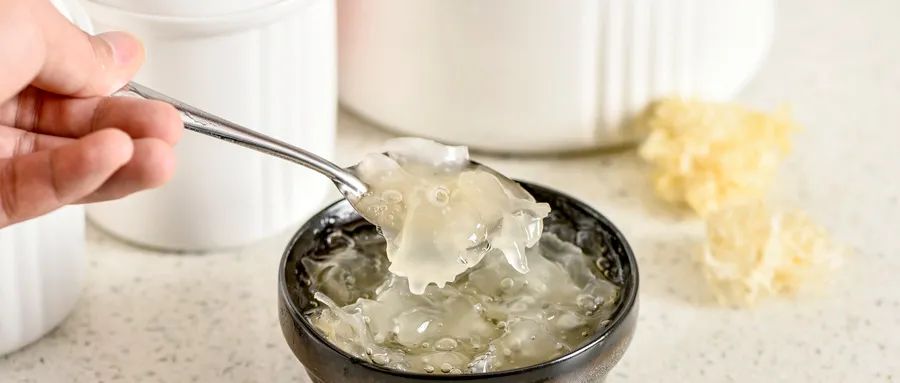 【Ingredients】Tremella | 1 pieceLily | 5-10 gramsPear | 1 piece【Method】1. Soak the Tremella and Lily in cold water to rehydrate.2. Remove the yellow roots from the Tremella and cut it into small pieces. Remove any blemished parts from the Lily.3. In a clay pot, add enough water, bring to a boil, then add the Tremella. Once boiling again, reduce to medium-low heat and cook for 20 minutes.4. Add the Lily and continue to cook for another 20 minutes.5. Add rock sugar and pear pieces, cook for another 10 minutes, then turn off the heat. Do not open the lid immediately; let it sit for another 10 minutes before serving.Coughing is a minor issue, but it should be taken seriouslyIn the “Suwen”, it is stated: “All organs can cause coughing, not just the lungs.”In addition to the external coughs caused by the three external evils of cold, heat, and dryness intertwined with wind, in TCM, there are also cases classified as internal injury coughs, which also account for a significant proportion in actual medical cases. The root causes of internal injury coughs can involve the five organs and six bowels.For example, conditions like mycoplasma infection, bronchiectasis, lung tumors, tuberculosis, and pleuritis in Western medicine all accompany coughing symptoms. Coughs caused by these organ diseases are classified as internal injury coughs.If the onset is sudden and there is a clear recent exposure to external evils like cold, heat, or dryness, we can treat and regulate it as an external cough. If it is a long-term chronic cough, it is usually caused by internal organ injury, or if an external cough does not improve after about a week of short-term regulation, it is recommended to seek professional medical diagnosis and treatment to clarify the cause and differentiate the syndrome for appropriate treatment.If you found this helpful, please give a “like”.Wind-Cold Cough Patch Now Available(Click 👇 to enter the store and purchase directly)Text | Zeng Li’anReviewed | Han ShaoxiangProofread | Ye ZiPhotography | Zhe Er GenIllustration | Mo Li Hong & Alaya Consciousness(Some images are sourced from the stock photo website, authorized)Warm Reminder:Tonight at 18:30, Yang Dad invites Teacher Dong Junzuo to share tips for winter health preservation, so that our whole family can have a healthy winter. Don’t miss it!
【Ingredients】Tremella | 1 pieceLily | 5-10 gramsPear | 1 piece【Method】1. Soak the Tremella and Lily in cold water to rehydrate.2. Remove the yellow roots from the Tremella and cut it into small pieces. Remove any blemished parts from the Lily.3. In a clay pot, add enough water, bring to a boil, then add the Tremella. Once boiling again, reduce to medium-low heat and cook for 20 minutes.4. Add the Lily and continue to cook for another 20 minutes.5. Add rock sugar and pear pieces, cook for another 10 minutes, then turn off the heat. Do not open the lid immediately; let it sit for another 10 minutes before serving.Coughing is a minor issue, but it should be taken seriouslyIn the “Suwen”, it is stated: “All organs can cause coughing, not just the lungs.”In addition to the external coughs caused by the three external evils of cold, heat, and dryness intertwined with wind, in TCM, there are also cases classified as internal injury coughs, which also account for a significant proportion in actual medical cases. The root causes of internal injury coughs can involve the five organs and six bowels.For example, conditions like mycoplasma infection, bronchiectasis, lung tumors, tuberculosis, and pleuritis in Western medicine all accompany coughing symptoms. Coughs caused by these organ diseases are classified as internal injury coughs.If the onset is sudden and there is a clear recent exposure to external evils like cold, heat, or dryness, we can treat and regulate it as an external cough. If it is a long-term chronic cough, it is usually caused by internal organ injury, or if an external cough does not improve after about a week of short-term regulation, it is recommended to seek professional medical diagnosis and treatment to clarify the cause and differentiate the syndrome for appropriate treatment.If you found this helpful, please give a “like”.Wind-Cold Cough Patch Now Available(Click 👇 to enter the store and purchase directly)Text | Zeng Li’anReviewed | Han ShaoxiangProofread | Ye ZiPhotography | Zhe Er GenIllustration | Mo Li Hong & Alaya Consciousness(Some images are sourced from the stock photo website, authorized)Warm Reminder:Tonight at 18:30, Yang Dad invites Teacher Dong Junzuo to share tips for winter health preservation, so that our whole family can have a healthy winter. Don’t miss it!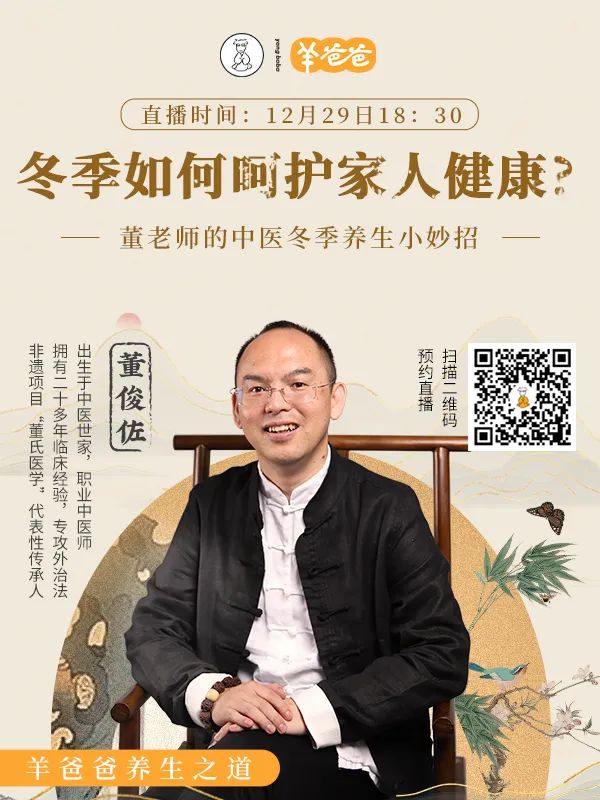 Related ArticlesCan cough only be treated with pears? Using these two fruits can solve most coughs in autumn and winterIn the high-cough season, doing this can avoid many coughsFrom the timing and sound, you can tell which coughs need attention
Related ArticlesCan cough only be treated with pears? Using these two fruits can solve most coughs in autumn and winterIn the high-cough season, doing this can avoid many coughsFrom the timing and sound, you can tell which coughs need attention Click [Read the Original Text]to learn more about Yang Dad’s selected good products
Click [Read the Original Text]to learn more about Yang Dad’s selected good products

